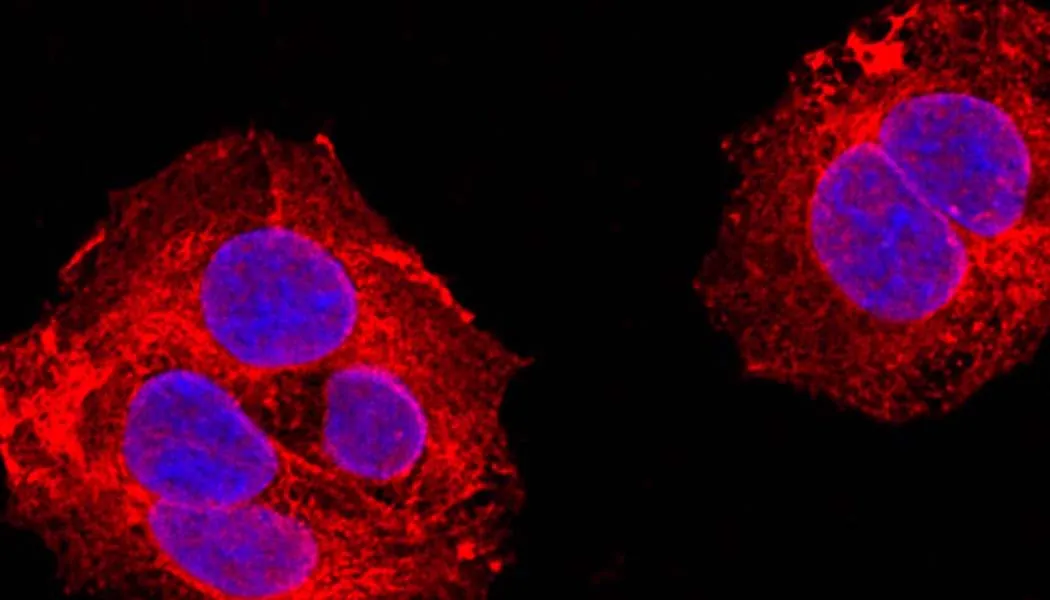Better Understanding of Enzyme Mutation Process Provides Hope for New Pathways to Treatment

Few people have bothered to ask this question. Still, a dedicated group of researchers recently embarked on a journey to find the answer. What they found could change many facets of health and healthcare.
The research team, including NFCR-funded senior author Dr. Paul Schimmel, undertook a series of intricate experiments and identified that the location of the clusters appears to play a key role in determining the ‘jobs’ enzymes take on when they’re ejected from the group.
Dr. Schimmel compared the clusters to a bucket of tennis balls, explaining that one tennis ball may eventually be removed to be used as a dog toy while another may be used as a floor protector. Learning that the location of the individual enzymes predicts the job it will take on at a later date has significant implications for the medical world because some of these enzymes can cause disease when mutated. Understanding the patterns and processes may offer new paths for treatment across various medical conditions.
Prior to this study, medical professionals believed enzymes clustered together in order to be more efficient in their protein-making activities. Dr. Schimmel and his team disproved this using CRISPR gene-editing technology. CRISPR has taken the research world by storm, being one of the easiest, most accessible, and quickest gene-editing tools on the market.
Using this technology, the team removed enzymes from the cluster and learned that – whether the enzymes were grouped together or separated on their own – they were just as efficient at protein synthesis.
This finding prompted the team to question and explore why the enzymes were clustered together if not to improve efficiency. The team believes that the grouping of enzymes helps ensure that mutant enzymes don’t get loose, where they could wreak havoc on other bodily processes. The complex also allows the controlled release of individual enzymes for other functions that are beneficial to health.
This discovery has quickly become viewed as a universal piece of biology, likely starting a domino effect of life-saving discoveries.
This game-changing discovery is inspiring; however, it is not Dr. Schimmel’s first significant breakthrough. Dr. Schimmel has long been a worldwide expert in aminoacyl-tRNA synthetases (aaRS). aaRS is a family of enzymes that catalyze the synthesis of proteins from tRNA.
Before this study, Dr. Schimmel has advanced our understanding of enzymes’ important role in defining the genetic code. These associations are now believed to be related to new functions of these proteins studied by Schimmel and collaborator, NFCR-supported scientist, Dr. Xiang-Lei Yang. It appears that, with these proteins, treatable diseases include chronic and acute inflammation, neuropathy, and cancer progression and metastasis.
Additional Reads You May Enjoy:
NFCR Fellow’s Research Sheds Light on Mechanism for Blood Vessel Formation in Cancer
Controlling the Uncontrollable: HER2 Breast Cancer
New Research Paves the Way for Cancer-Targeting Viruses and the Identification of Metastatic Cells
Stay connected with the cancer community! Receive NFCR’s monthly e-newsletter and blogs featuring stories of inspiration, support resources, cancer prevention tips, and more. Sign up here.
A world without cancer is possible. Help us turn lab breakthroughs into life-saving realities.

5.7 Million+
Donors who have fueled NFCR’s mission

$420 Million+
Invested in high-impact research & programs

36+ Labs & Hundreds of
Nobel Laureates & Key Scientists received NFCR funding, driving breakthrough research













